Profesjonell støymåling
Proffmåling av støynivå
Usikker på hvor mye støy du egentlig har?
Vi utfører profesjonelle målinger med klasse 1 referanseutstyr fra Norsonic. Målingene utføres ved at vi benytter en støykilde, enten en omni-direksjonell høyttaler for luftbåren støy (DnT,w) eller en bankemaskin for trinnlydsstøy (Ln,w) og måler hvordan støy i ett rom påvirker et annet. Vi måler også etterklangstiden (T) for å identifisere hvor lenge støyen «henger igjen» i rommet. Etter at målingene er utført får du tilsendt en standardisert rapport som viser isolasjonsverdiene dine og kan benytte denne som utgangspunkt for tiltak. Du kan også bestille målinger etter at tiltakene er installert for å vurdere enten ytterligere tiltak eller effekten av tiltakene.
Klassifisering av støy reguleres av TEK17 og Norsk Standard NS 8175. Disse angir krav til lydforhold i bygninger, som boliger, kontorer og skoler.
- Klassifisering i NS 8175: Det finnes fire lydklasser, der klasse A er best:
- Klasse A: Høyeste lydkvalitet (brukes for premium boliger og spesielle bygg).
- Klasse B: God lydkvalitet (normalt anbefalt nivå for boliger).
- Klasse C: Minimumskrav (tilfredsstiller kravene i TEK17).
- Klasse D: Lavere kvalitet, brukes i mindre krevende bygg.
- Krav som måles:
- Lydisolasjon (DnT,w): Beskriver hvordan lyden dempes mellom rom eller enheter.
- Trinnlyd (Ln,w): Måler hvor godt trinnlyd dempes.
- Etterklangstid (T): Hvor lang tid lyden «henger igjen» i rommet.
Hva betyr DnT,w og Ln,w?
- DnT,w (Luftlydisolasjon):
- Beskriver hvor godt en bygningskonstruksjon (f.eks. vegger eller etasjeskiller) hindrer lyd i å overføres fra ett rom til et annet.
- Høyere verdi (i dB) = Bedre lydisolasjon.
- DnT,w er en utvidet variant av Rw. Der Rw kun måler den enkelte flate i et lab-miljø, er DnT,w en måling som tas ute i felten og fanger opp reell isolasjonsverdi av løsningen i sin helhet. Her hensyntas dermed svakheter som støy via ventilasjon, flanketransmisjoner (overføring av støy via deler av bygget som er koblet til flere rom som f.eks. en bærebjelke) samt akustiske tiltak i mottakerrommet (bedre akustikk = lavere opplevd støy).
- Ln,w (Trinnlyd):
- Måler hvor mye trinnlyd som overføres gjennom etasjeskiller (f.eks. skritt, dunk).
- Lavere verdi (i dB) = Bedre trinnlydsisolasjon.
Eksempler på praktisk bruk:
- Klasse A:
- Brukes i boliger med høy standard (premium) eller spesialbygg som konserthus og hoteller.
- Krever svært god lydisolasjon og lavt trinnlydnivå.
- Klasse B:
- Anbefalt for de fleste boliger og kontorbygg med moderate krav til komfort.
- Klasse C:
- Minimumskrav i henhold til TEK17 for boliger, skoler, og lignende bygg.
- Typisk akseptabelt for vanlig boligstandard.
- Klasse D:
- Lavere enn TEK17-krav, kan brukes i mindre krevende bygg, som lager eller industribygg.
Krav til DnT,w og Ln,w i ulike lydklasser:
| Lydklasse | DnT,w (Luftlydisolasjon) | Ln,w (Trinnlyd) |
|---|---|---|
| Klasse A | ≥ 55 dB | ≤ 48 dB |
| Klasse B | ≥ 52 dB | ≤ 53 dB |
| Klasse C | ≥ 50 dB | ≤ 58 dB |
| Klasse D | < 50 dB | > 58 dB |
Alt utstyr følger de nødvendige ISO-standarder, og er til enhver tid kalibrert etter klasse 1 prinsippet, som er den strengeste tilgjengelige klassifiseringen. Selv om vårt utstyr er av beste klasse gjør vi oppmerksom på at disse ikke skal benyttes som grunnlag i rettslige oppgjør uten avtale med oss da vi normalt ikke har kapasitet til å bistå i denne type konflikter. Dette gjelder eksempelvis hvis du mener din leverandør har levert for dårlig isolasjonsverdi og ønsker å gå til søksmål. I så fall bør du kontakte et spesialfirma for måling som spesialiserer seg på denne type konflikter.
Våre rapporter og målinger er kun ment å være retningsgivende da det er svært mange faktorer som avgjør hvilken effekt lydisolasjon har. Dette kan være alt fra byggets stivhet, egenresonans i bærende konstruksjon, flankestøy (dvs. at støyen fraktes via koblede flater til andre rom), svake vinduer, svake dører, ventilasjon og ikke minst intern akustikk. Har du eksempelvis mye bare vegger og tak vil gjenklangen i rommet forsterke opplevelsen av støyen som kommer inn i rommet, og rommet akustiske egenskaper er også del av rapporten du får levert av oss når vi måler støyisolasjonsverdiene. Variabelen som benyttes for av gi et inntrykk av rommets akustiske egenskaper kalles RT60, som er tiden det tar før støy i en gitt frekvens avtar med 60dB.
Hvert prosjekt vil dermed være unikt i så måte, og selv om vi angir forventede isolasjonsverdier for de produktene vi leverer (måleverdi: Rw) er det alltid summen av en rekke faktorer (måleverdi: DnT,w) som til syvende og sist er avgjørende for totaleffekten. Det er derfor aldri mulig å garantere en gitt verdi og effekt, men ethvert tiltak vil alltid ha positiv innvirkning på totalresultatet forutsatt at dette er installert forskriftsmessig. Vår tilnærming er dermed alltid å analysere og gi anbefaling på de viktigste flater og tiltak, der det innenfor ditt budsjett og tiltaksnivå gis anbefalinger for hva vi basert på vår erfaring mener vil gi best effekt i ditt tilfelle.
For målinger i Oslo kan du bestille dette her >>. For andre deler av landet, vennligst ta kontakt med oss for mer informasjon og pristilbud. Du kan også lese vår whitepaper / infodokument om våre prinsipper og installasjonsmetode, dette er absolutt anbefalt lesning.
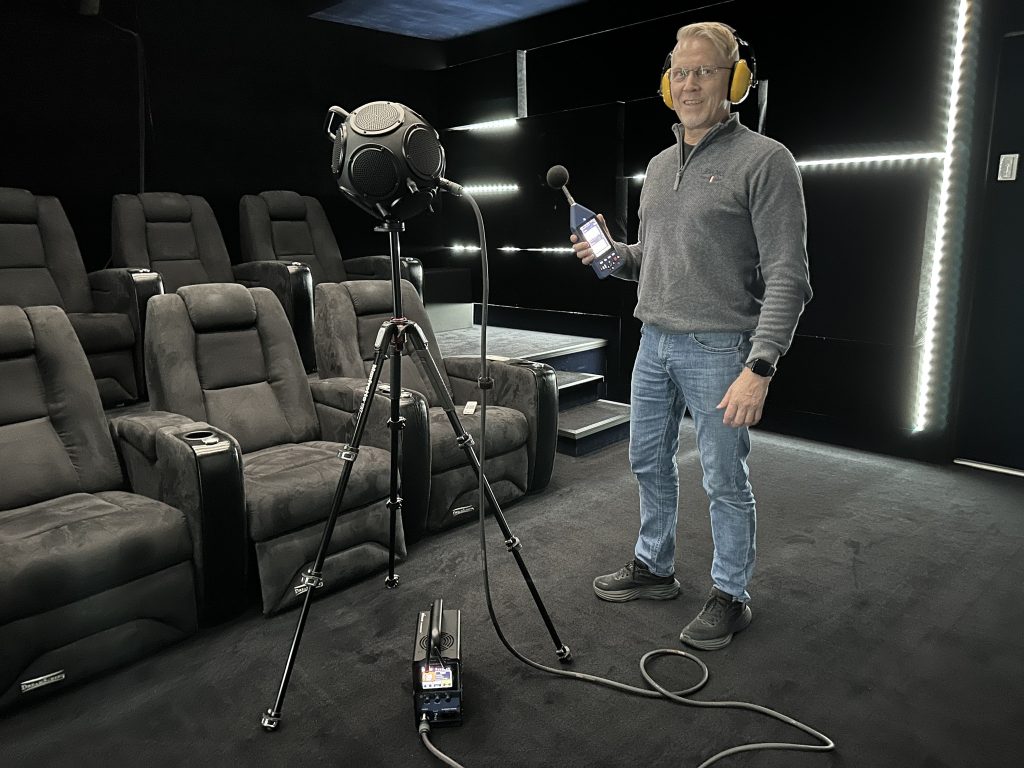
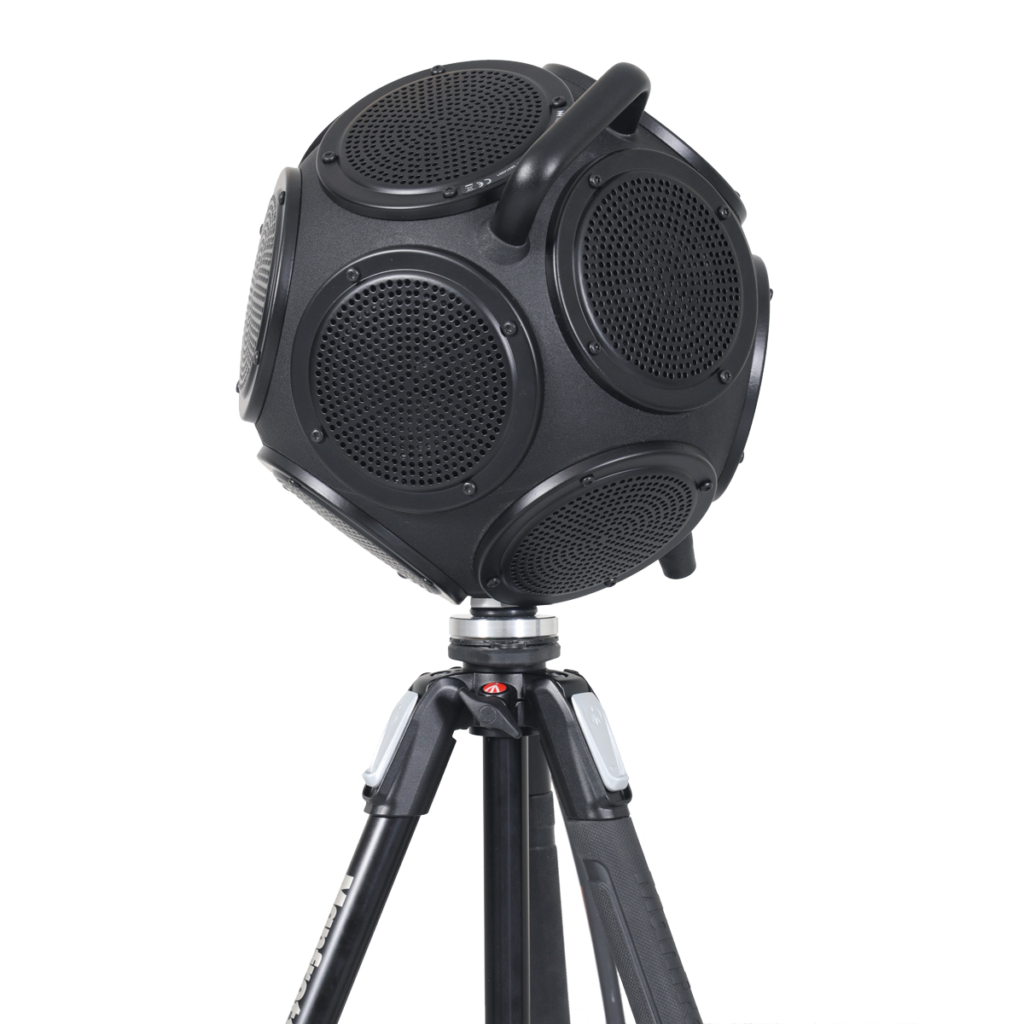
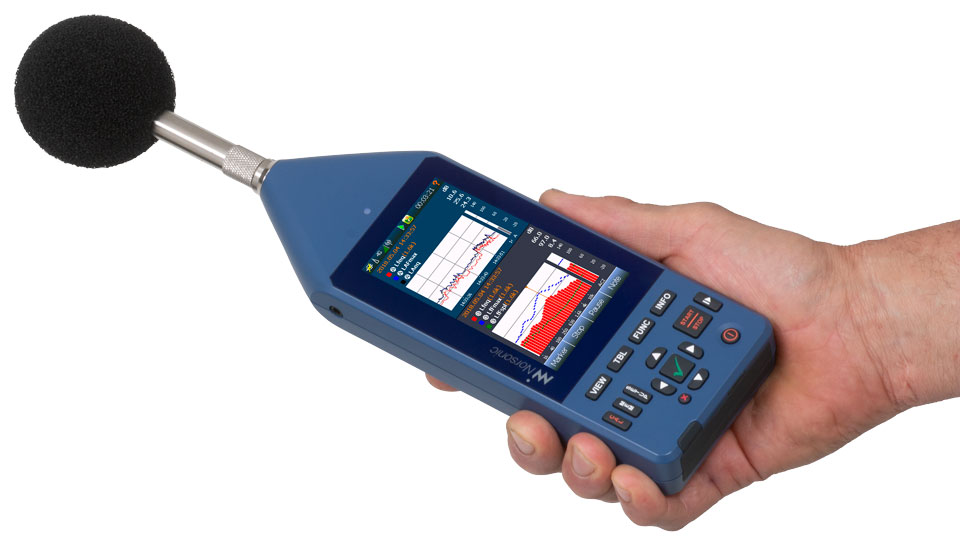
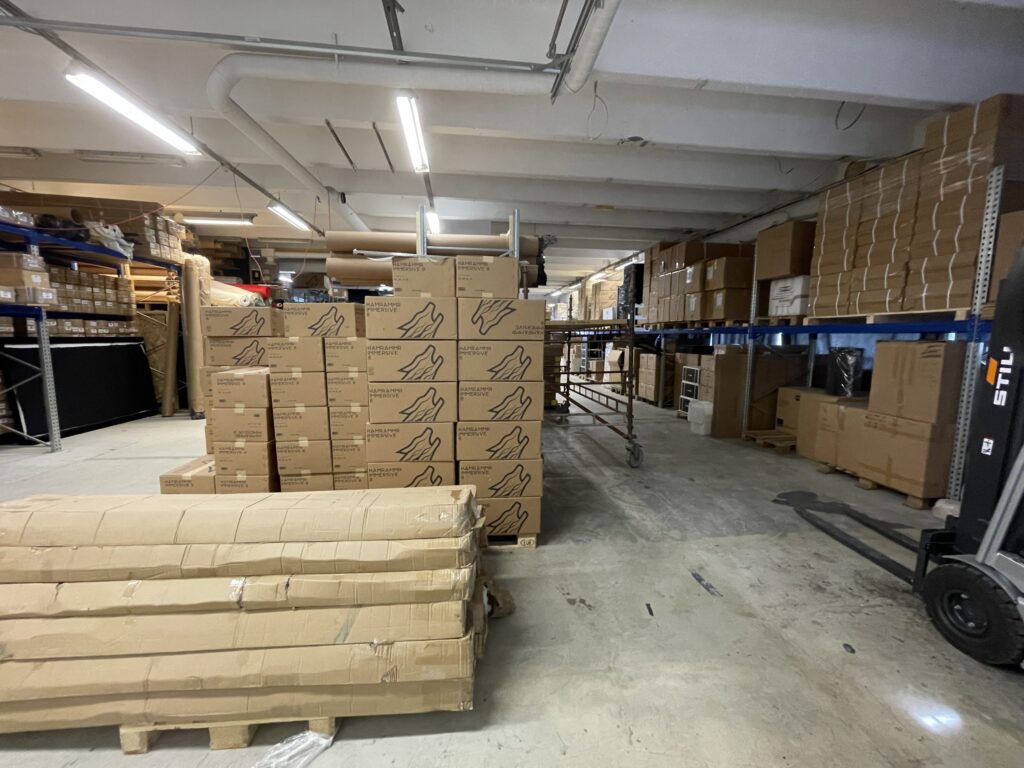
Stort lager i Oslo

Siv. Ing. Eivind Lygren
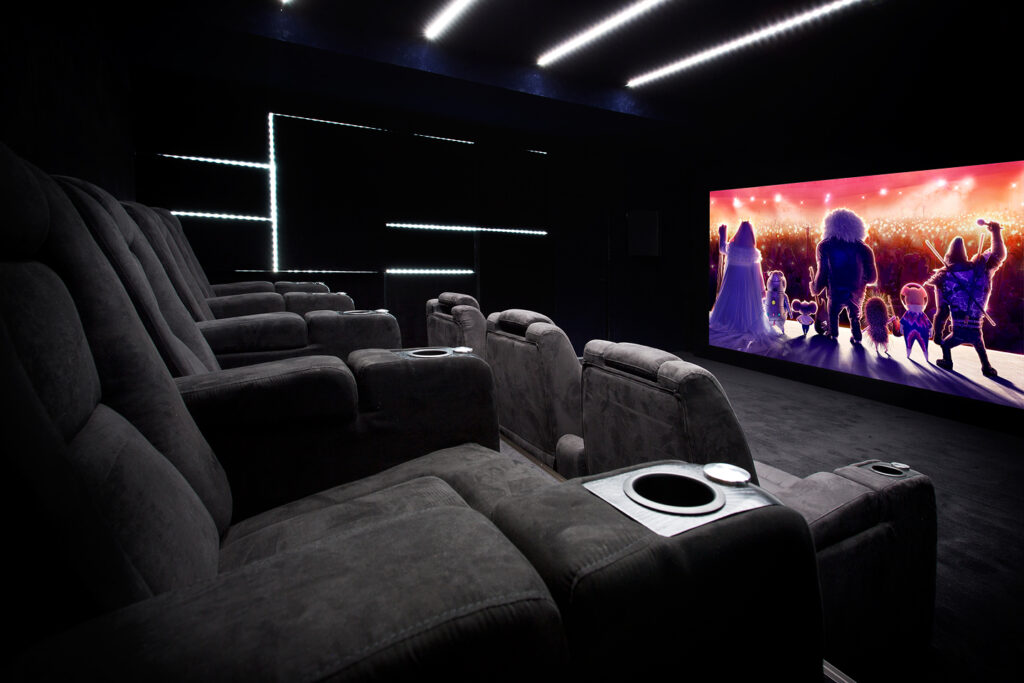
Velutrustet showroom